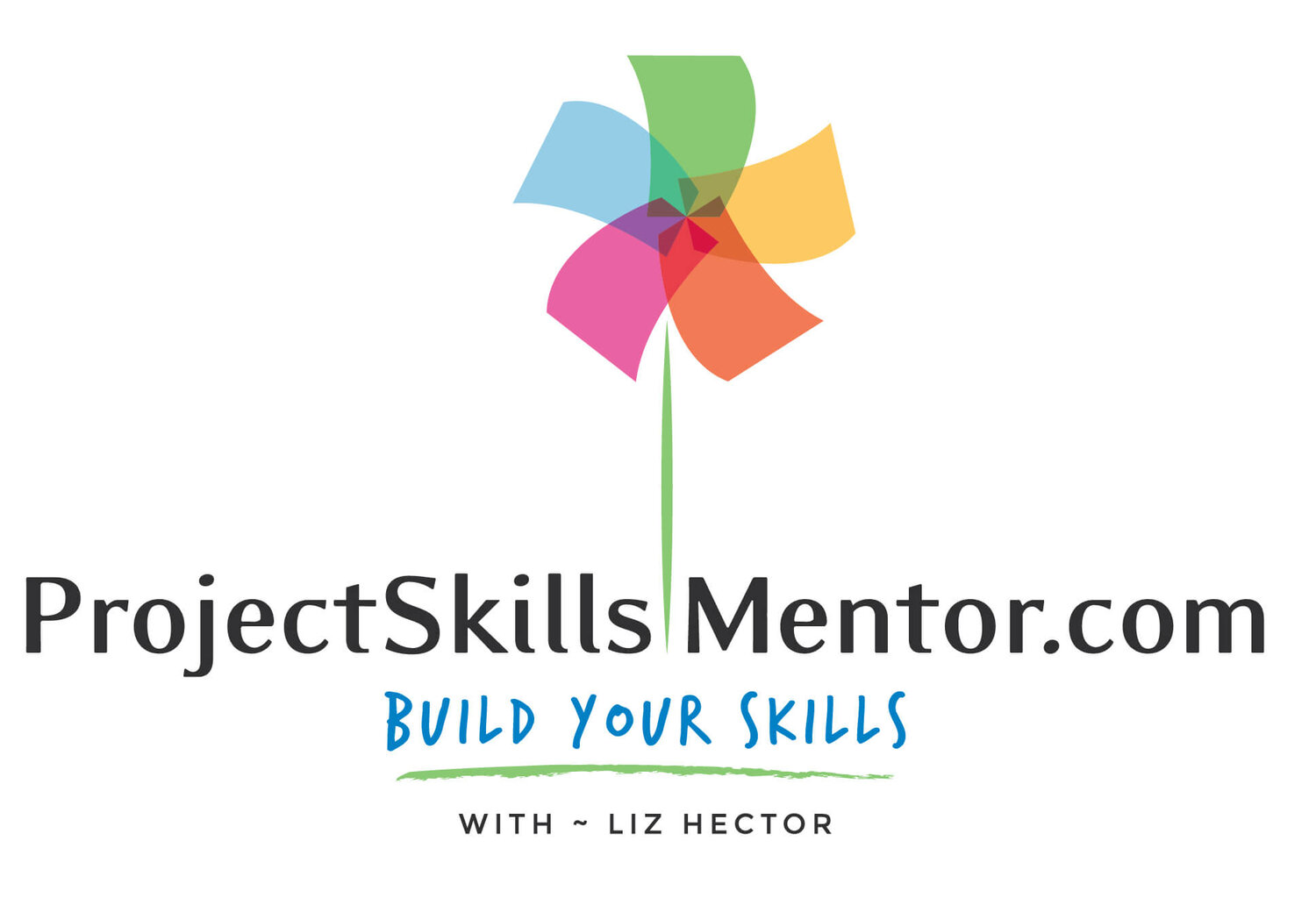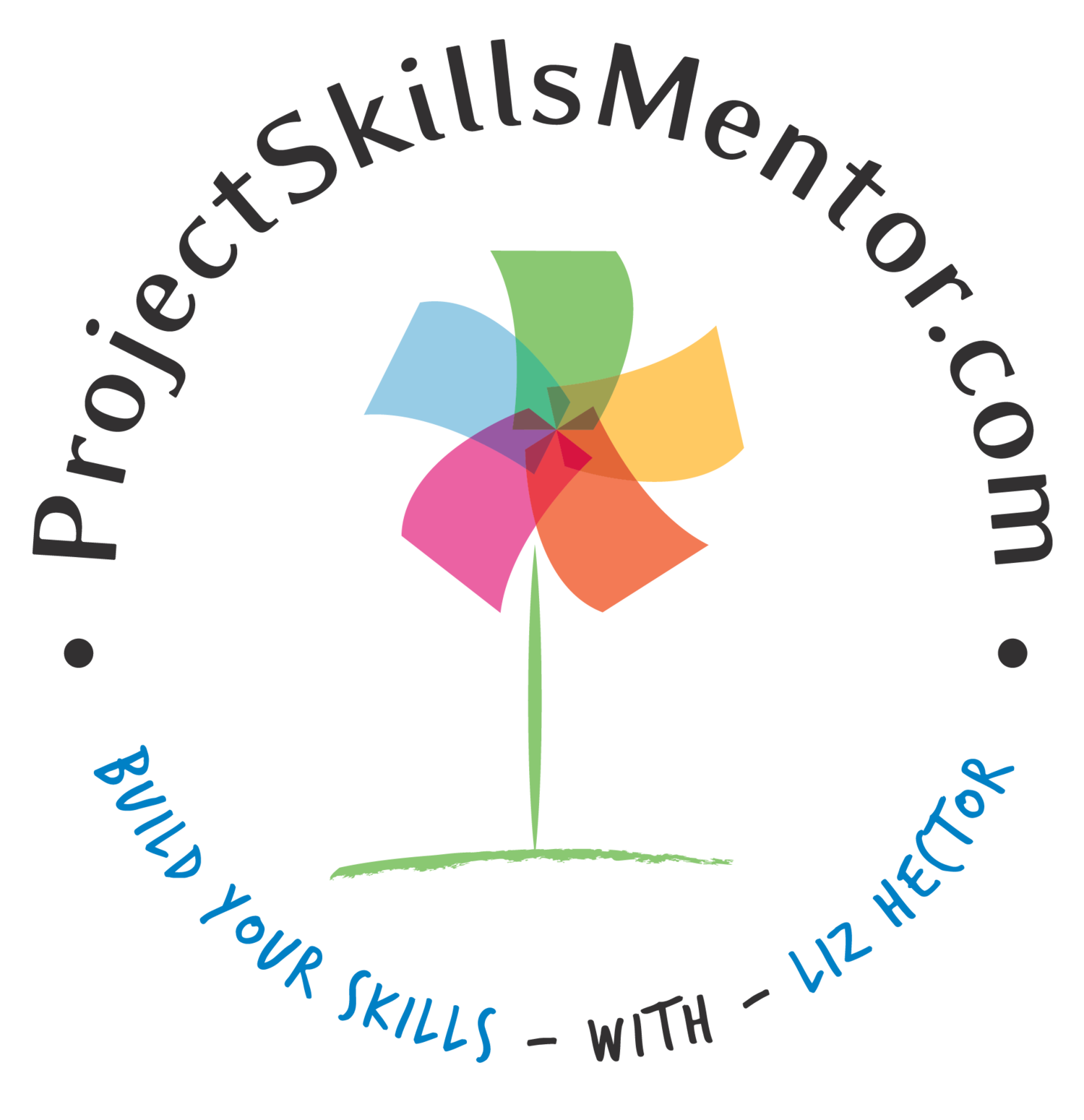3 Ways to Have More Productive Meetings
Meetings are standard for every project, department, and team. Managers and teams often feel trapped in an endless cycle of meetings. This may have the unintended consequence of requiring staff to work overtime hours complete work.
Somehow we have let modern work life turn into a series of daily meetings which zap our energy, divert our focus, and delay the actual doing of work.
“Americans sit through more than a billion meetings a year, but think that half are a complete waste of time”
Of course, meetings can and do have a purpose. They encourage information sharing, work allocation, and team alignment.
So why do meetings have a bad reputation? Because they have become a defacto way to do everything on a project. Managers sometimes cut corners when calling meetings. When the meeting's purpose, content, and attendance is not planned - the meeting can cost the project time and money. Managers who learn to challenge the meeting mania and focus on gaining benefits from every meeting will improve the teams' performance and staff satisfaction.
“70% of all meetings keep employees from working.”
Make Better Meetings by:
Having a Purpose
Making a Plan
Connecting to action
Let's review 3 ways you can make meeting time meaningful and beneficial and balance with work time.
1. Every Meeting should have a purpose
Want to meet? Great! Let's review some questions you should ask yourself:
Why do you want to meet?
What are you trying to accomplish?
Is there a better way of communicating?
What is the right format and timing for the meeting?
Who should attend?
What pre-work do you need to send out?
What pre-work should staff be asked to complete?
How will you know if the meeting is successful?
Every meeting needs a clear input, throughput, and outcome. In other words, information, agreement, and action. Ad hoc meetings are a good way of dealing with day-to-day requirements to communicate, but meetings with more than one person have a high cost in terms of total staff effort. So make team meetings count. Be as specific, prepared, concise, and action-oriented.
What kind of meeting are you having? Review the norms for these meetings. Try a change management exercise to improve your meetings:
Ensure that every meeting member has a reason to be there (meeting members should take notes and understand and plan how this meeting will improve or inform something about how or what they do on the job).
Every meeting has a working document to track the agenda, agreements, and actions. Templates for each meeting should be fit-for-purpose and reusable, and consistent in format.
Follow up on agreed actions. Every action should be tracked, allocated to an owner, and given a completion date.
Understand the kind of meeting you are holding to know the right kind of tone, focus, and outcome:
Status Review - schedule check and issue resolution
Team building - allowing time to bond and connect with others
Project task and staff management - action planning
Solution review - Issue resolution and documentation
Stand-up review - Status updates and task allocation
Staff Coaching - reflection and skill building
2. Every meeting should have a plan
Formal Meetings
Formal meetings generally are called for a group of people to accomplish a specific task. To keep Project productivity high, work to keep meetings focused and action-oriented. You don't want to have your time wasted; nobody does. So, ensure you have the right preparation for every formal meeting. One of the easiest ways to create consistent meeting preparation is using templates. Think about which kind of template suits each meeting. Review how to complete the document with the team member's responsible for updating the template before each meeting.
Make sure every meeting has a clear list of attendees, timing, and a document to cover the content of the meeting and the outcomes. If the meeting requires a report, simplify the process to make the meeting agenda fit the report's needs. Graphics and project details can be a fast way to share information based on content already in use and keep Project reviews simple since the key data is familiar to the team.
Informal Meetings
Informal meetings are those day-to-day discussions with staff members about project status updates, questions, escalations, and issues. They might also include simply reviewing a document or discussing an approach. Either way, it's good to have an agenda, organize your actions and follow up. Here's an example of how to do that using a paper or digital binder.
Meetings that happen throughout the day may be informal. Often, there may not be an agenda or attendance list. Still, managers who want to stay on top of topics discussed to create a log for all meetings. This includes ad hoc, one-on-one discussions.
Start each informal discussion by naming the topic (or setting the ad hoc agenda). It helps the team to clarify the discussion and develops good practices when starting discussions. Teach your team to start with:
Topics/Agenda - the point they have
Goal/Outcome - what they want from the conversation
Information - what they can provide to help get to their goal
Summarizing the points at the start and end of each meeting, and writing it down. This is a good habit to teach all of your team leads. As with formal meetings, agree to actions to be taken and areas to follow up.
Concerned about the time it takes to document ad hoc meetings? Consider the cost/benefit of the time you spend discussing and agreeing on a point, only to have the agreements and actions forgotten as soon as the discussion ends. Keep the process simple.
Use a paper binder or electronic tablet.
Keep the notes referenced by date or topic for easy reference.
Use bullets and keywords to limit detailed notes.
If details are needed, reference other documents instead of duplicating information.
3. Follow up on Meeting outcomes and actions
As mentioned, every meeting needs a goal, agreement, and action. Actions are the critical path following a meeting, so make sure they are documented. Use a simple action tracker at the start of your binder for ad hoc meetings or assign someone at every meeting to move all actions into the Project system (such as Asana or Trello) during the meeting.
Track informal Actions and Follow up
Regularly review action lists that you keep for your ad hoc meetings and from your Project System. It is as simple as summarizing the task from each ad hoc meeting or key tasks from larger meetings you need to action or want to track and follow up. This will keep you on top of the key points you need to focus on for the day. Check off what’s done. Keeping the list simple helps you focus on the task, not the process from tracking the task.
For team tracking of project tasks, ensure that the team knows when action follow-ups are planned. Make sure they know how and when systems should be updated before status meetings. This will make everyone more prepared, and the meeting will run smoothly.
Effective Meetings make Effective Teams
Productive project meetings are core to the success of any project. It's not just about communication. Meetings are a key part of team collaboration. So, coach your team by demonstrating how to run team meetings efficiently and effectively. Coach team leads that need help to improve their meetings. Share tips and templates freely. Put them on your shared team drive for ready access. Demonstrate how workshops can be run to get the outcome and agreements needed. (If you need help, see this video to get started).
Top Tips for Productive Meetings
Respect the team by starting and stopping meetings on time.
If you have a new team member, take time in meetings to let them shine - by letting them present content they have worked on.
Create Q&A sessions at the end of team meetings to address issues in real-time and encourage openness.
Build in time for team culture and team dynamics. This can be a 5 min ice breaker or team success story from a team member at the end of each meeting.
End meetings with a summary of the agreements, issues, and actions so that everyone leaves the meeting with a shared understanding of the next steps.
Productive meetings are just another aspect of creating a high-performing team, so I hope you'll try some of these tips and let me know in the comments below which are most effective for you. And let me know which tips I've missed. Thanks for reading







